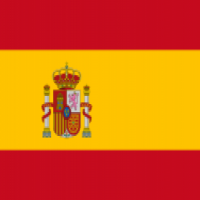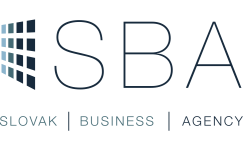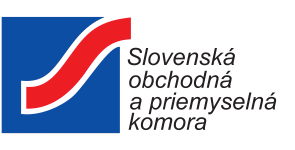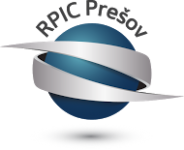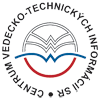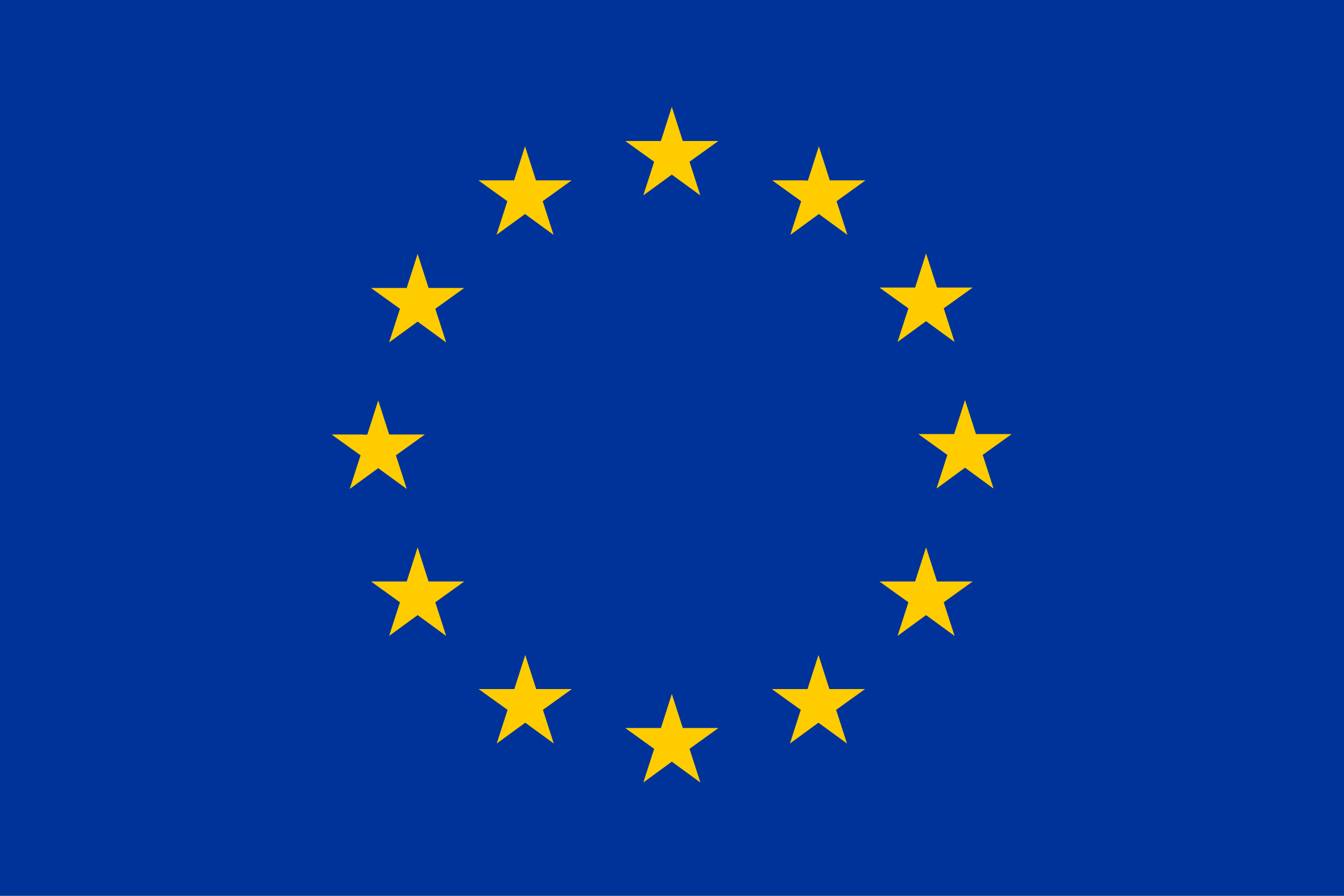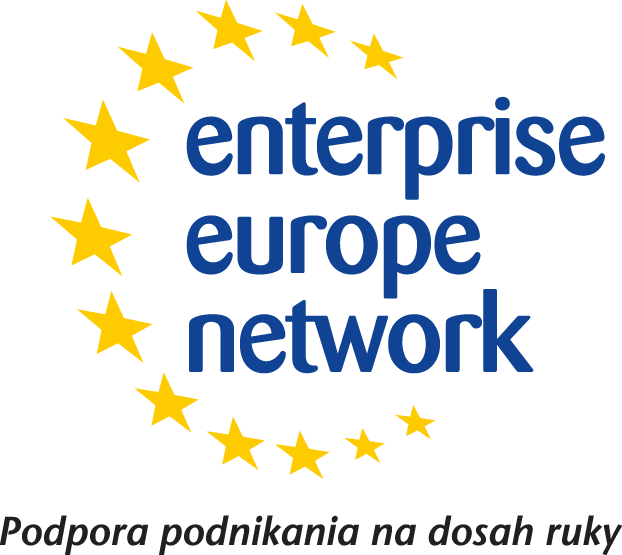Summary:
A Spanish ICT company has developed an innovative robust audio watermarking technology that works at low bandwidth. It allows to insert hidden and recoverable information within an audio signal and thus is an invaluable tool to guarantee recordings' integrity and fight piracy. The company is looking for license agreements.
Description:
Nowadays, security is a main concern in any communication channel. One of the technologies that is currently being used in different scenarios is audio watermarking. It allows to hide information within the audio signal in order to detect an eventual manipulation or fraud, so it is an invaluable tool for guarantee the security of sensible information (press agencies, emergency phones, defence applications, etc.) or track unauthorised music or video dissemination in the internet.
The main problem that faces the state-of-the-art audio watermarking technology is its robustness. It depends on the bandwidth size. The less bandwidth size the less information can be hide within the audio signal. Therefore, the watermark will be less robust and more sensible to attacks and degradation.
In this context the Spanish ICT company, specialized in voice recognition technologies and biometry, has developed an innovative technology that allows to hide a robust watermark within audio channels with minimum bandwidth, so it is specially useful for telephone audios.
It embeds hidden information into audio signals (both live streams and recordings) and recover it later after transmission. The message is actually merged with the audio signal, totally different to a simple inclusion of hidden bits into a digital audio file or stream.
The information is inaudible, and cannot be extracted by unauthorized listeners and it is robust to the most usual channel distortions and compressions, like MP3. It can even survive digital to analogue and back to digital conversions.
It is useful to send secret info transmission, because the watermark cannot be added, removed or modified in any way by attackers without affecting. It is also possible to guarantee the integrity of the original signal, detecting manipulations like cut and paste of audio segments.
The solution is an open SDK (Software Development Kit) that exports its functionalities through an
easy to use API (Application Programming Interface), so the user can start mark audio from any
embedded hardware or software platform.
It works in 3 stages:
1.Watermark embedding: some secret info is merged with the carrier audio signal while keeping the
acoustic properties unaffected for the human hearing system.
2.Data transmission: the audio signal together with the hidden info is transmitted through a
communication channel. This channel is an abstraction for all the degradations and attacks the
watermark is going to suffer before its later extraction and can consist of physical transmission through a
noisy audio channel, digital to analogue conversions, on air recording, resampling, recoding, etc.
3.Watermark extraction: the audio signal is processed by an analysis module that rebuilds and
extracts the hidden information embedded in the first stage.
The technology provides different scenarios of application:
-Keeping track of the identity of the user that retrieved a specific recording from for example a call center.
-Sending secret information hidden into radio or TV broadcasts.
-Enforcing copyright in music audio files.
-Guaranteeing the integrity of important voice recordings, like contracts completed by phone or recorded sessions in trials.
-Find out which user of a video online platform (Netflix, HBO, …) has disseminated unauthorised material and start legal procedures.
Technical specifications:
-Length of hidden information can be configured; minimum 8 bits.
-Absolute minimum audio for watermarking: 2.4 seconds (for minimum watermark length).
-Recommended minimum audio for watermarking: 7.2 seconds (for minimum watermark length).
-Watermark embedding speed1: 100X faster than real time.
-Minimum recommended CPU: Intel i3 @ 2’5 GHz.
The company already started the commercialization of its solution in Spain, and would like to reach license agreement with international partners.
Type (e.g. company, R&D institution…), field of industry and Role of Partner Sought:
The company is looking for international ICT integrators with experience in the telecommunication and audiovisual sector. The role of the partner sought is to incorporate this technology to its solution portfolio and commercialize it within a defined area under license agreement.
Stage of Development:
Already on the market
IPR Status:
Secret Know-how
External code:
TOES20200907001
